Regardless of whether you’re a seasoned service designer, or just starting out, there’s a good chance that your education and first project experiences consisted of relatively luxurious spans of time in which to carry out your work. Several weeks to carry out contextual research? No problem. A few more to build and test a prototype? Nary a complaint. With the mandate to scope your projects and determine your timelines, you could move through your chosen methodology at a pace that suited you. But thanks to the growing adoption of Agile, you might find your way of working thrown upside down.
Ideally service designers deliver our best value when we stay outside the “Scrum” (literally and figuratively), fulfilling our strategic role and avoiding the hectic pace and too-narrow focus of two-week sprints. Our work should provide guidance to tactical and operational activities, rather than playing a direct role in them. But sometimes such a detached position isn’t feasible, and we need adopt the Agile mindset, accept that we’re led by a product owner (and not a service owner), and find a way to work within a team.
Fear not, service designers in Agile settings! Here are six hacks you can carry out to expand your strategic perspective and influence, while still working to tick items off a product backlog and get that next iteration of your product (service!) out the door. These have been devised thanks to Informaat’s consultancy work and hands-on experience with several large Dutch organisations who have transitioned to Agile, and where service designers such as myself have played a role in Agile teams. After all, while being limited by an operational role makes true service design difficult, the Agile transformation itself does provide chances to strengthen the role of (service) design in the organisation.



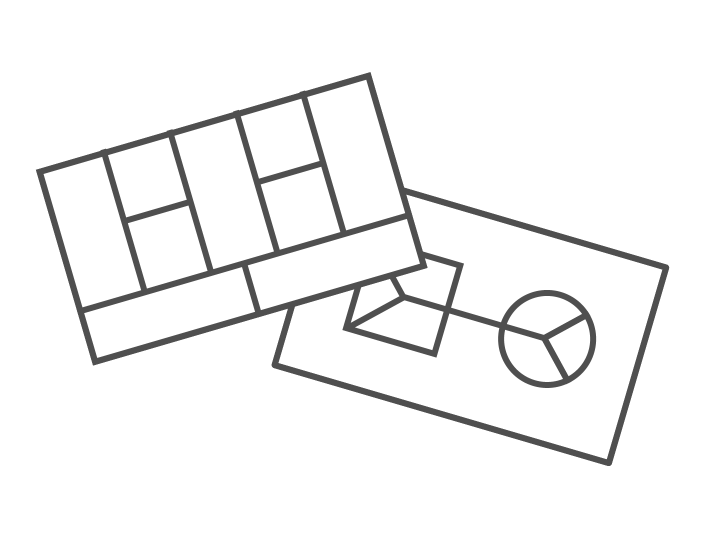
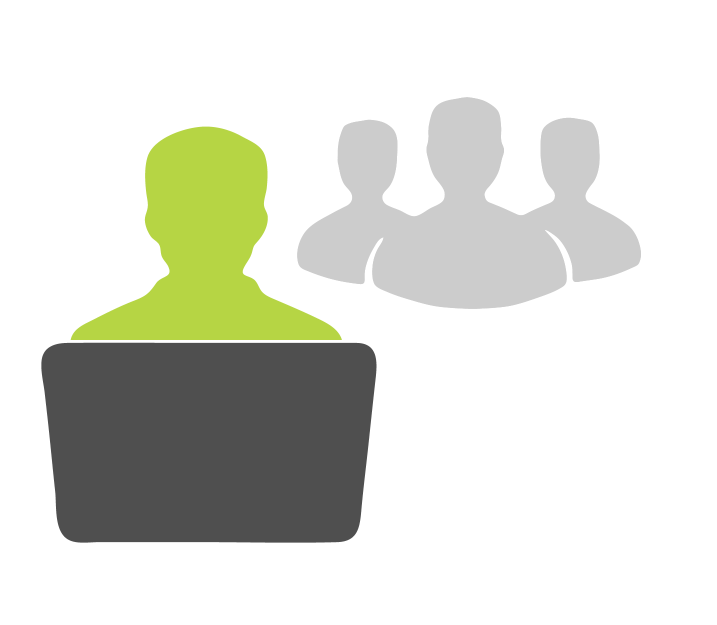
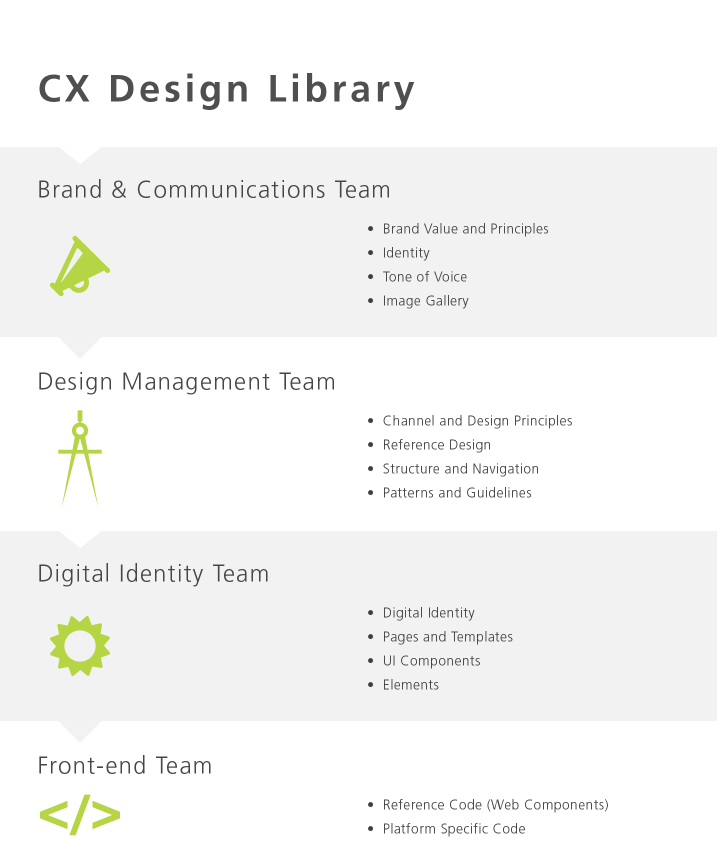
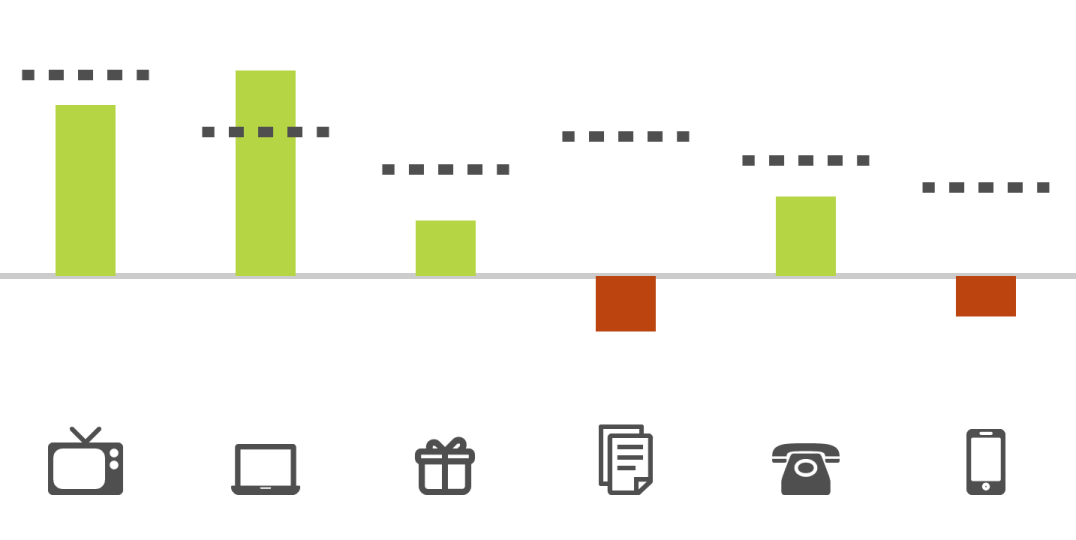
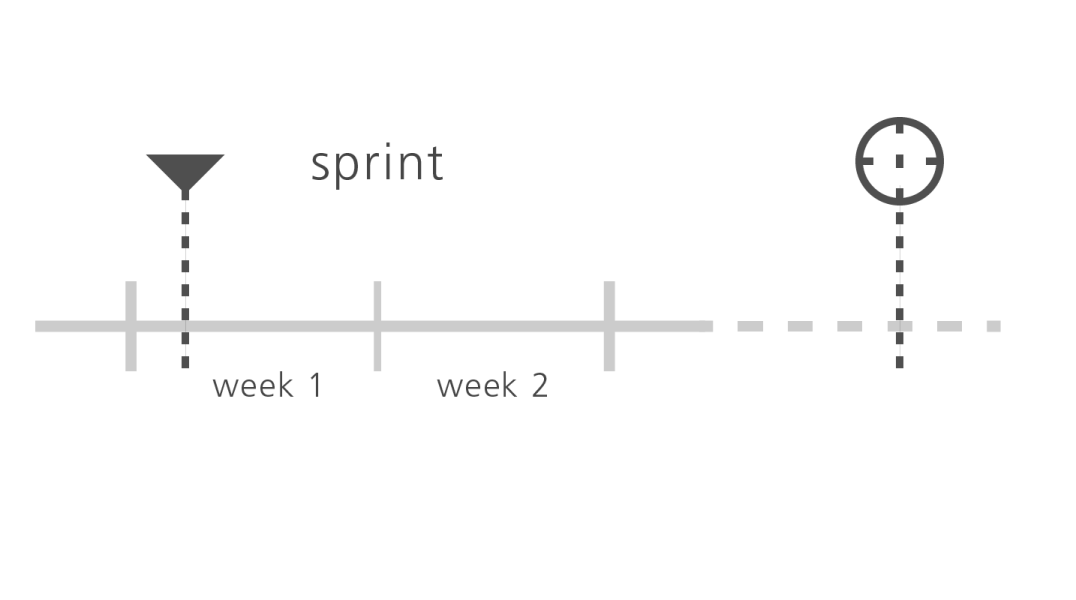
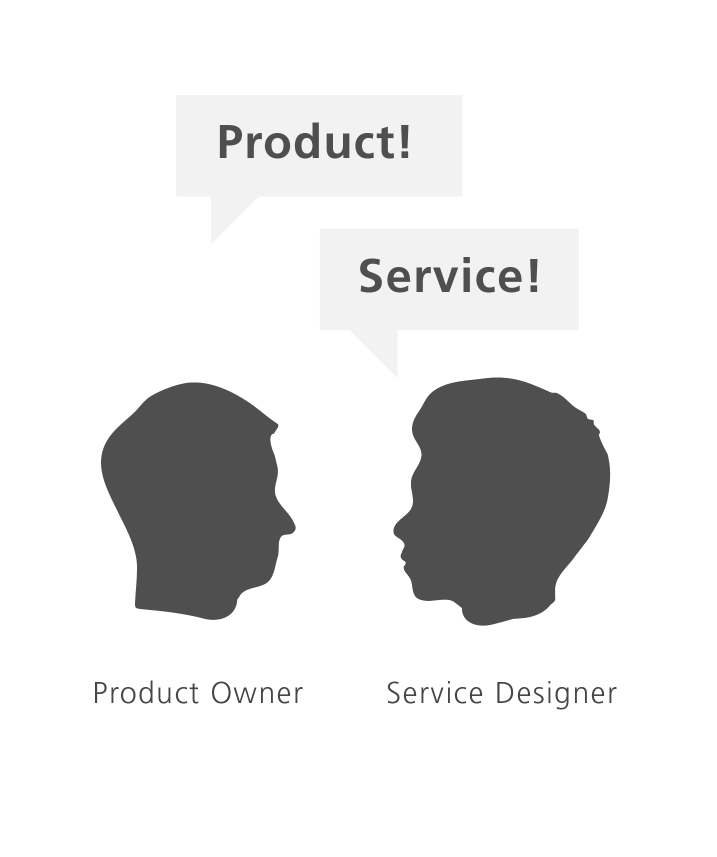
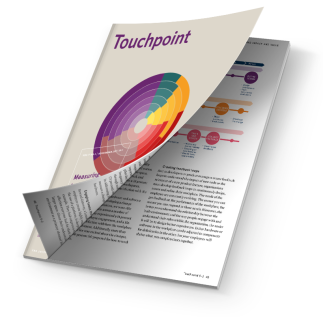

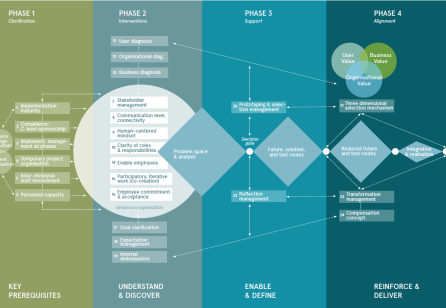
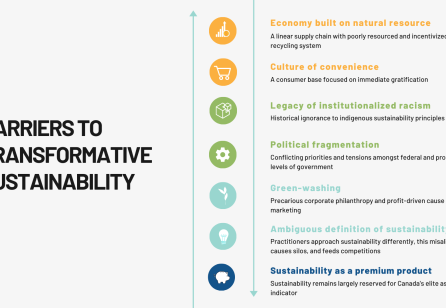
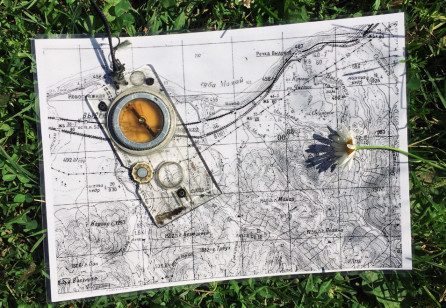

Share your thoughts
3 RepliesPlease login to comment
Hi @Lisha - I'm not familiar with the 'customer journey analytics' software that's out there to help in the creation of such dashboards, but it's a very big market. I would try to find some independent research and advice to help you choose. Research done by places like Gartner might help; here's their summary of the CJA market from last year: https://www.gartner.com/doc/reprints?id=1-4FIUBB2&ct=170927&st=sb
Hi Jesse, thanks for the article. i’m interested in creating a customer journey dashboard. Which tools would you recommend to use for this?
Jesse, thanks for very informative and useful article!